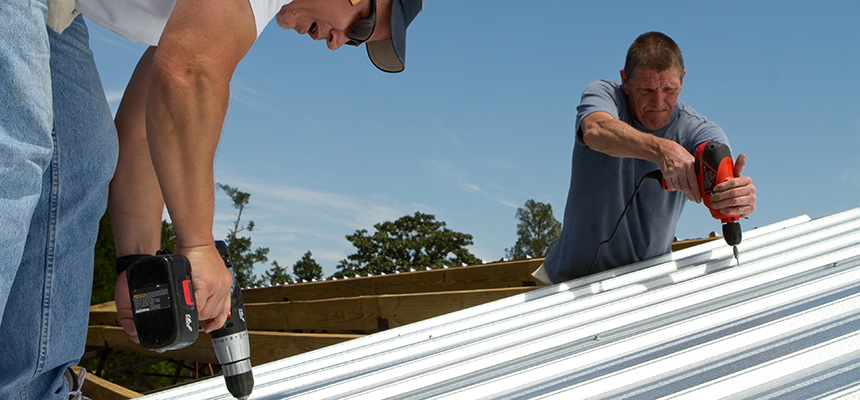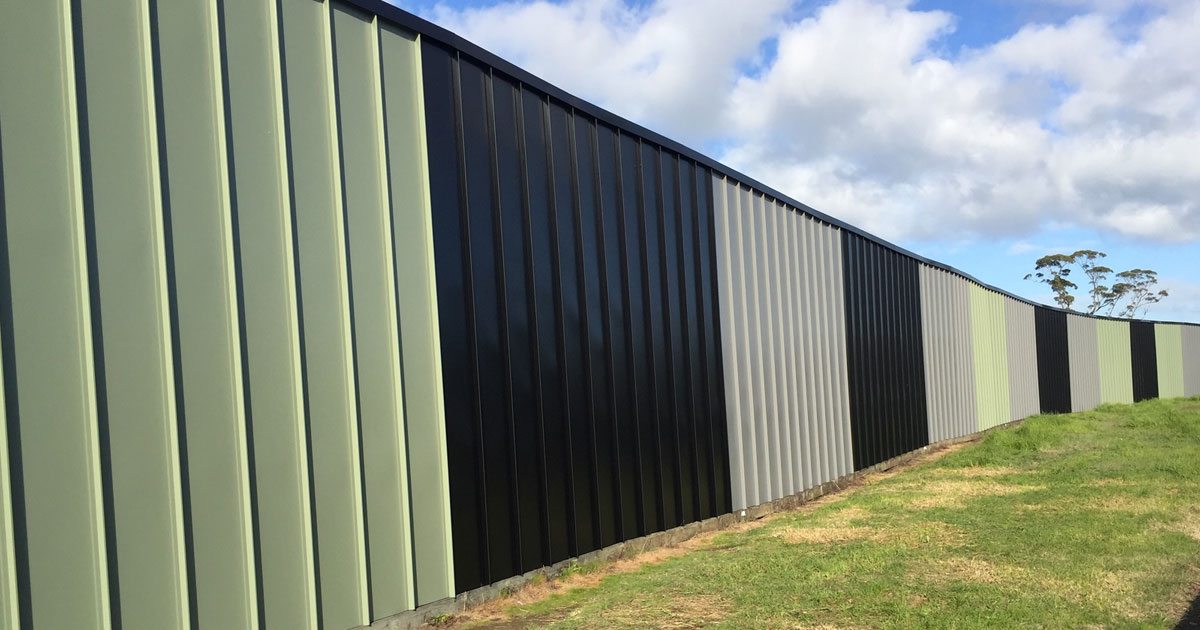Installing a roof is a task best left to the professionals. The smallest of errors, whether it be in materials or workmanship, can lead to major problems. No one wants to hear the sound of water dripping inside the house or have a blast of wind tear through a gap. Finding a roofing installer that you can trust is of utmost importance for this integral part of your home, for security and peace of mind. Most of us wouldn’t know where to begin when it comes to roofing, so how can we choose the right person for the job and feel confident they are making the best decisions?
Here are 9 things to expect from a roofing installer to ensure quality workmanship:
1. Demonstrates an understanding of the right product for the environment
A good roofing installer will thoroughly explain the importance of using a product fit for the environment and will explain the materials required. For example, roofs near the coast will need to be able to handle corrosive elements so will require a different substrate than inland roofs. The style of roof also needs to be taken into account. Having a warranty doesn’t necessarily mean that the roofing will last the longest in your specific environment, so correct materials and understanding the care necessary to maintain a long-lasting roof are essential.
2. Clear communication
Make sure he listens to you and provides thorough explanations in language you understand. We don’t all speak builder-lingo or understand technical terms. Graham Moor, CEO of the Roofing Association of NZ (RANZ), says “Perception can be very different from reality. Make sure his communication is clear, that he listens, explains, is respectful of your property and what you want done, and what happens if they drop something and there’s damage to the product or your property.” You should feel comfortable with the communication and responses to your questions.
3. Professionalism
A clean, tidy appearance including uniform and vehicle are expected. This person will be spending a lot of time at your home so professional language and a pleasant demeanor
are also important.
4. Documentation
The content of all documents should be clear, detailed and professional in appearance. Read the contractual terms, make sure details such as delivery terms are included and clarified in plain language. Be sure it explains exactly what is being done, what is being replaced, and what isn’t. Don’t guess or assume anything. Make sure there’s no nasty surprises in the fine print.
5. Has a plan B
What happens if things go wrong? What can go wrong? It is the nature of the building business that unexpected situations arise, whether it be the weather, or sudden illness of the installer (after all, many of them are self-employed contractors!) Do they have good relationships with other contractors that they can call on to help if needed?
Don’t be afraid to be direct and ask them what problems have arisen in the past and how they were handled. Their reply should leave you feeling at ease and comfortable that you are in good hands.
6. Value over price
Installing a new roof is not the time to search for a bargain. Don’t always choose the installer with the cheapest price. Understand how the quoted figure was arrived at, necessity of materials used, time required for installation. Read the spec and see what’s included and what isn’t. If in doubt, ask the installer to explain. If you aren’t satisfied, talk to RANZ for a second opinion.
7. Reputation and research
Do your research. Ask the installer for references and contact them. How satisfied are they with the result? How satisfied were they during the process? Would they do anything differently if they were to do it again? Research the materials proposed and make sure you agree with the installer’s recommendation. ColorCote’s website has a feature where you can enter your address and be provided information on the product needed for your geographic location and environmental conditions, along with a pre-approved warranty for the recommended product. Be sure that your chosen installer uses the product that has been recommended.
8. Health & Safety
A roofing installer must have the proper equipment for working at height. Ask about their safety procedures, make sure they have a safety plan in place. If someone is injured on your property you need to feel confident there is an appropriate plan that will be followed.
9. RANZ registered
Make sure you use a RANZ registered installer. Going through these 9 steps is still necessary to ensure your familiarity and confidence, but you can remove some of the risk by starting with a RANZ registered installer.


